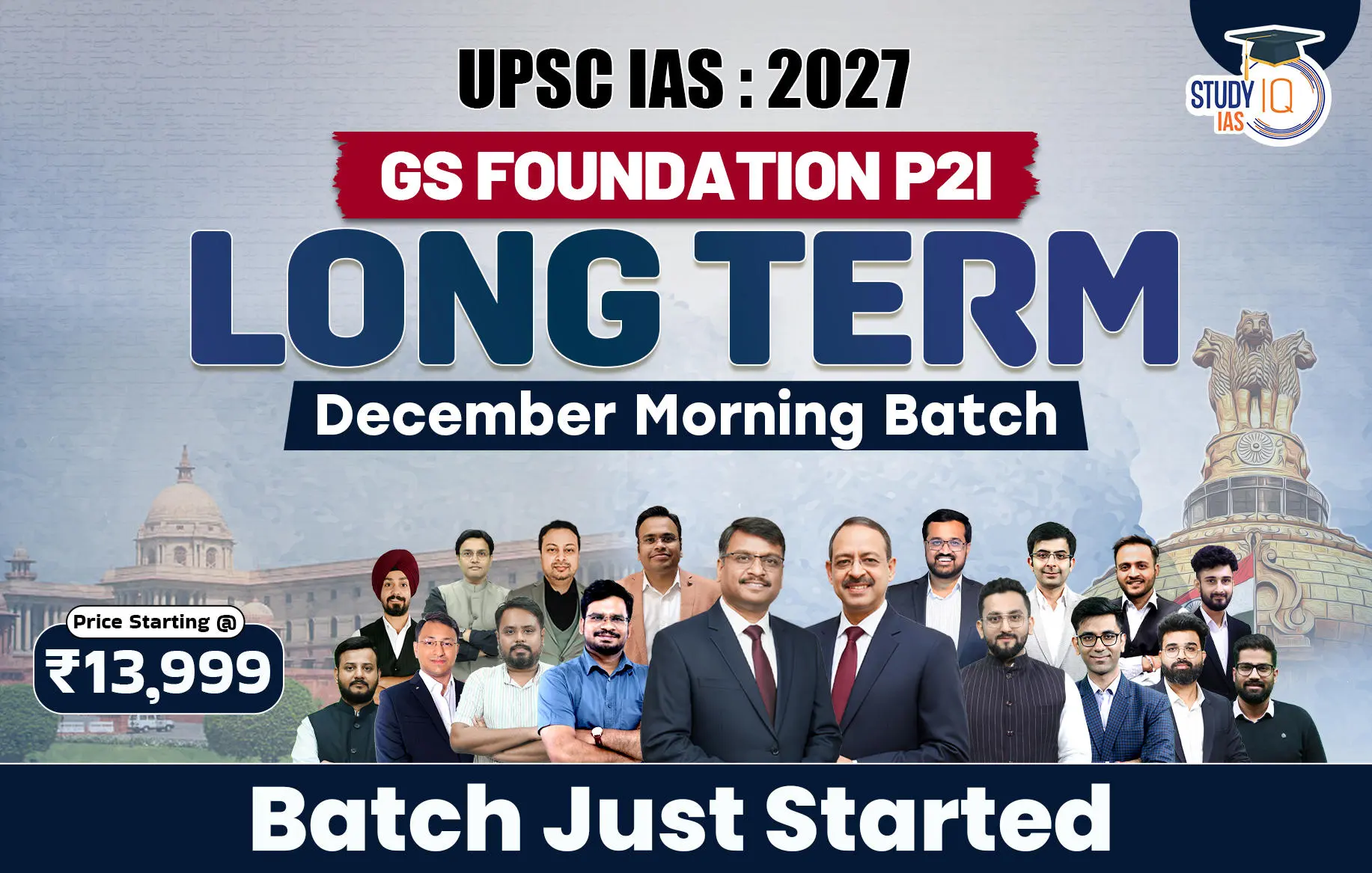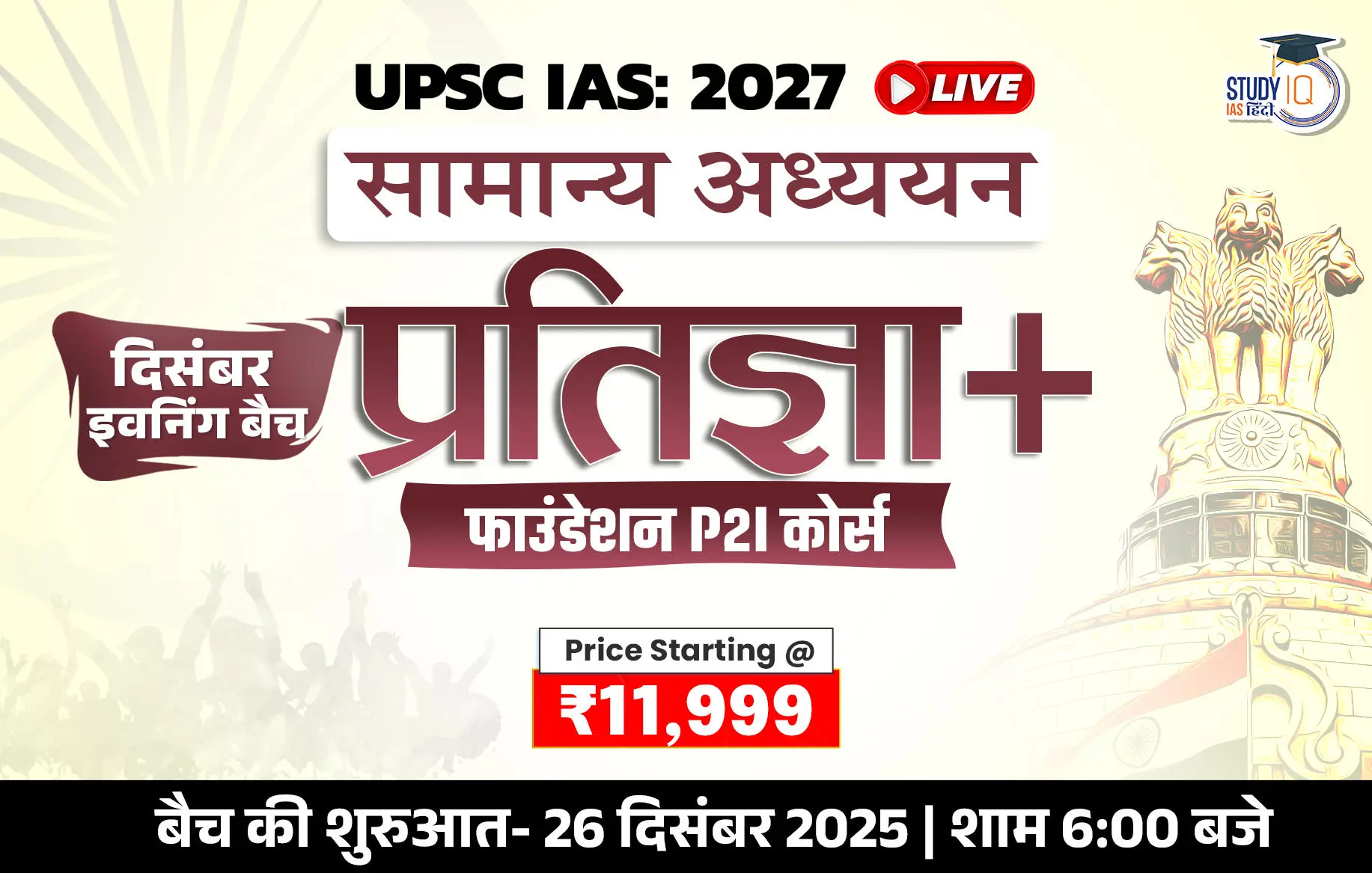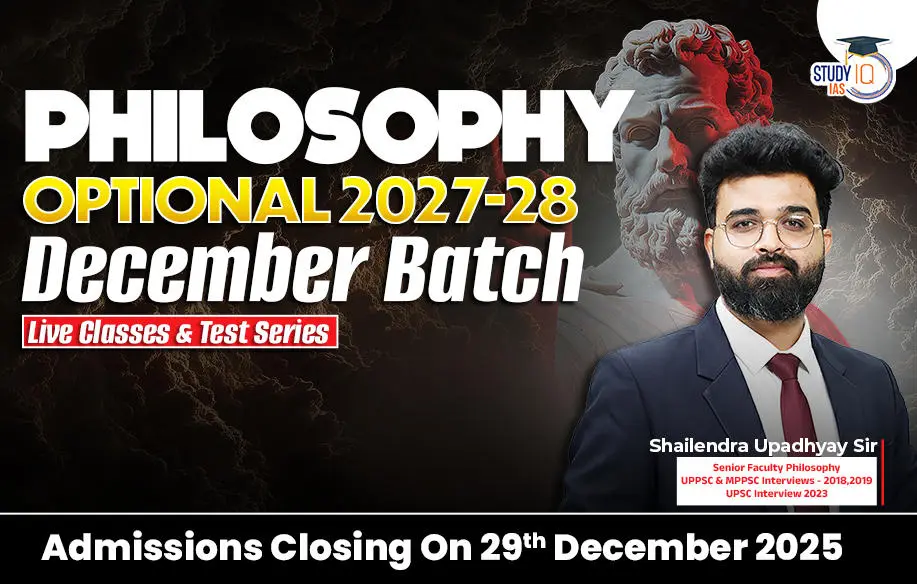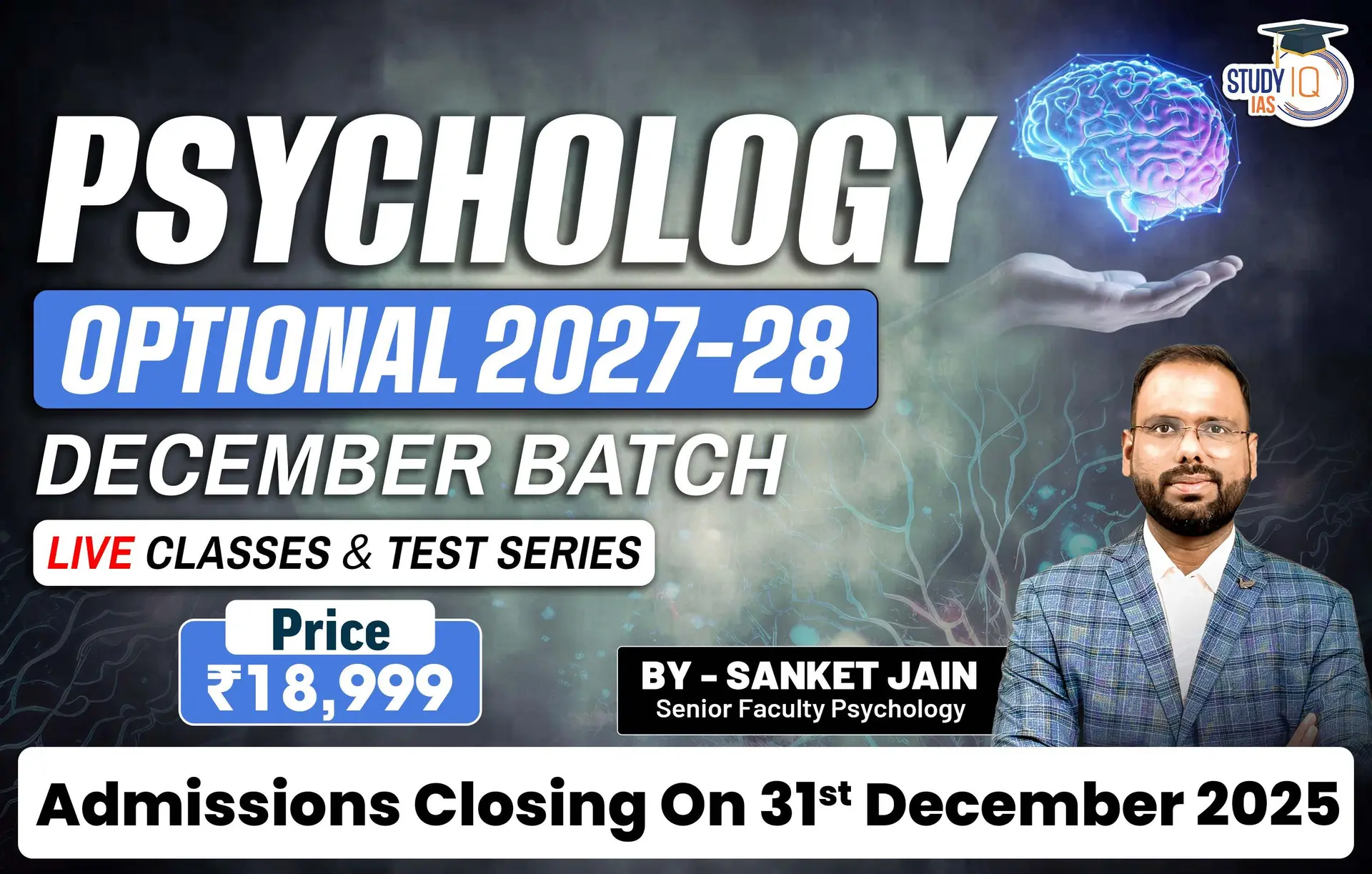Current Affairs 1st April 2023 for UPSC Prelims Exam
Coronal Hole
Context: Recently, the coronal hole was discovered by NASA’s Solar Dynamics Observatory (SDO) near the Sun’s South Pole, which is 20 times larger than our Earth.
About Coronal Hole:
- Coronal holes appear as dark areas in the solar corona in extreme ultraviolet (EUV) and soft X-ray solar images.
- They appear dark because they are cooler, less dense regions than the surrounding plasma.
- In these regions, the magnetic field is open to interplanetary space, sending solar material out in a high-speed stream of solar wind i.e., geomagnetic storm.
- These holes can develop at any time and location on the Sun but are most prevalent and stable at the solar North and South poles.
- Coronal holes can last between a few weeks to months.
- The holes are not a unique phenomenon, appearing throughout the sun’s approximately 11-year solar cycle.
- They can last much longer during solar minimum, a period of time when activity on the Sun is substantially diminished.
- Significance:
- Coronal Holes are important in understanding the space environment around the earth through which our technology and astronauts’ travel.
Geomagnetic Storm
- Geomagnetic storm is a solar storm that occurs during the release of magnetic energy associated with sunspots (‘dark’ regions on the Sun that are cooler than the surrounding photosphere – the lowest layer of the solar atmosphere), and can last for a few minutes or hours.
- It is a major disturbance of Earth’s magnetosphere that occurs when there is a very efficient exchange of energy from the solar wind into the space environment surrounding Earth.

Current Affairs 31st March 2023 for UPSC Prelims Exam
CERT-in
Context: According to central government, Indian Computer Emergency Response Team (CERT-in) may soon be exempted from responding to queries under the Right to Information Act.
More on the News:
- Second Schedule to the RTI Act deals with exempted organisations like the Central Bureau of Investigation (CBI) and the Border Security Force (BSF).
- Exemption would allow CERT-in to reject any application for information, even on policy related matters.
About CERT-in
- It is the national nodal agency for responding to computer security incidents as and when they occur.
- It was established in 2004 as a functional organization of the Ministry of Electronics and Information Technology.
Function of CERT-in
- It coordinates with public and private organisations in India when cyber incidents like data breaches and ransomware attacks are reported.
- CERT-In is empowered under Section 70B of the Information Technology Act to collect, analyse and disseminate information on cyber security incidents.
- It has been designated to serve as the national agency to perform the following functions in cyber security:
- Collection, analysis and dissemination of information on cyber incidents.
- Forecast and alerts of cyber security incidents.
- Emergency measures for handling cyber security incidents.
- Coordination of cyber incident response activities.
- Issue guidelines, advisories, vulnerability notes and whitepapers relating to information security practices, procedures, prevention, response and reporting of cyber incidents.
- Such other functions relating to cyber security as may be prescribed.
Comprehensive and Progressive Agreement for Trans-Pacific Partnership (CPTPP)
Context: The United Kingdom acceded to the Comprehensive and Progressive Agreement for Trans-Pacific Partnership (CPTPP).
- UK will be the first in Europe, to join the Comprehensive and Progressive Agreement for Trans-Pacific Partnership (CPTPP) since it came into force in 2018.
About CPTPP
- The CPTPP is a free trade agreement between member countries.
- Members: Australia, United Kingdom, Brunei, Canada, Chile, Japan, Malaysia, Mexico, Peru, New Zealand, Singapore and Vietnam.
- UK will be the 12th member of the bloc.
- It succeeded the Trans-Pacific Partnership after the United States withdrew in 2017.
Ambit of CPTPP
- CPTPP covers virtually all sectors and aspects of trade in order to eliminate or reduce barriers.
- It establishes clear rules that help create a consistent, transparent and fair environment to do business in CPTPP markets.
- CPTPP includes chapters on the protection of the environment and labour to ensure that CPTPP members do not derogate from their commitments in these areas to increase trade or investment.
- CPTPP includes trade-related technical cooperation among CPTPP members, including with respect to small and medium-sized enterprises, regulatory coherence and economic development.
- Trade in goods: CPTPP eliminates tariffs and reduces barriers for 98% of exports to CPTPP member countries.

Current Account Deficit (CAD)
Context: According to RBI Balance of Payments data, India’s current account deficit (CAD) narrowed to $18.2 billion (2.2% of GDP) in Q3 of FY23.
About Current Account Deficit (CAD)
- Current Account Deficit (CAD) is the shortfall between the money received by selling products to other countries and the money spent to buy goods and services from other nations.
- If the value of goods and services we import exceeds the value of those we export, the country is said to be in a deficit, and the difference in the two values is CAD.
- The current account includes net income, including interest and dividends, and transfers, like foreign aid.
- Calculation of CAD: The current account is net profits, interest and dividends, as well as payments, such as international assistance, remittances, and donations. The percentage of GDP is calculated as:
- Trade Gap = Exports – Imports Current Account = Trade Gap + Net Current Transfers + Net Foreign Income

Difference between Current Account and Balance of Trade
- Current account maintains a record of the country’s transactions with other nations.
- Balance of trade measures only the gap in earnings and expenditure on exports and imports of goods and services, current account also factors in payments from domestic capital deployed overseas.
Impact of CAD
- Current account deficit for an economy may be a positive or negative measure, depending on whether it runs a deficit.
- A country with increasing CAD shows it has become uncompetitive, and investors are reluctant to invest there.
- They may withdraw their investments.
- Current account deficit may benefit a debtor nation in the short run.
Ezhava Community
Context: Kerala Chief Minister and Tamil Nadu Chief Minister will jointly inaugurate the centenary celebrations of the historic anti-untouchability movement at a ceremony in Vaikom.
About Ezhava Community:
- The Ezhavas were Kerala’s most populous lower castes, accounting for 26% of the total population.
- Ezhavas were considered polluting and various rules were in place to distance them from upper castes.
- These included a prohibition, not just on temple entry, but even on walking on the roads surrounding temples.
- During this time, the Ezhavas emerged as “the most educated and organised untouchable community in Travancore”.
- The issue of temple entry was first raised by Ezhava leader TK Madhavan in a 1917 editorial in his paper Deshabhimani.
- On Sivaratri in 1888, Narayana Guru, himself of the Ezhava caste, took a stone from the Neyyar river and installed it as a Sivalinga at Aruvippuram.
Sree Narayana Guru
- He is considered as a hero and prophet of the Kerala Renaissance.
- He grew up to be a social reformer, philosopher, and educationist.
- He dedicated his life to eradicating the social and economic backwardness of the Ezhavas and other underprivileged groups.
- He was born into an Ezhava family during a time when a caste-based society in Kerala severely oppressed members of such communities, known as Avarna.
- He also founded an Advaita Ashram in Kalady.
- He also gave the universal message, “One caste, one religion, one God.”
- Books: Advaitha Deepika, Asrama, Thevarappathinkangal, etc.
- The Shree Narayan Guru Dharma Paripalana (SNDP) Movement was an example of a regional movement that arose from the conflict between the lower and upper castes.

Vaikom Satyagraha:
- Vaikom Satyagraha was a nonviolent protest that took place from 30 March 1924 to 23 November 1925 in the Kingdom of Travancore, now part of Kerala, India.
- The protest was against the rigid and oppressive caste system prevalent in the region, which forbade lower castes, or untouchables, from entering not just the Vaikom Temple but also from walking on the surrounding roads.
- The campaign, led by Congress leaders T. K. Madhavan, K. Kelappan and K. P. Kesava Menon, was noted for the active support and participation offered by different communities and a variety of activists.
- This was the first time in Kerala that an organised effort for the fundamental rights of untouchables and other backward castes was carried out on such a large scale.
Movement:Vaikom Satyagraha:
- The agitation was conceived by the Ezhava Congress leader and a follower of Sri Narayana Guru, T. K. Madhavan.
- It demanded the right of the Ezhavas and ‘untouchables’ to use roads around the Vaikom Temple.
- Mahatma Gandhi himself visited Vaikom in March 1925.
- The movement was backed by Gandhiji, ChatampiSwamikal, and Sree Narayana Guru.
- Impact:
- Travancore government eventually constructed new roads near the temple for the use of lower castes.
- The roads, however, kept the lower castes adequately away from the near environs of the Vaikom Temple and the temple remained closed to the lower castes.
- After the intervention of Mahatma Gandhi, the agitation was given up and a compromise reached with Regent Sethu Lakshmi Bayi who released all those arrested and opened the north, south and west public roads leading to Vaikom Mahadeva Temple to all castes.
- Only in 1936, after the Temple Entry Proclamation, was access to the eastern road and entry into the temple allowed to the lower castes.

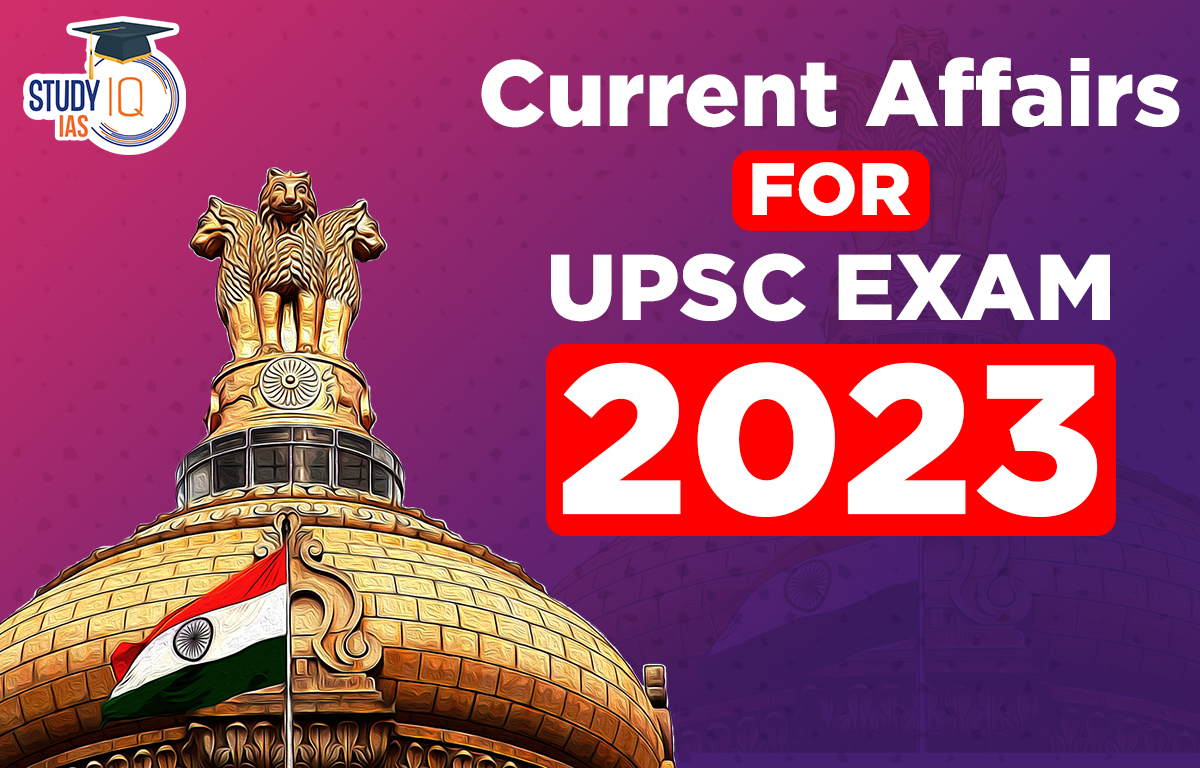
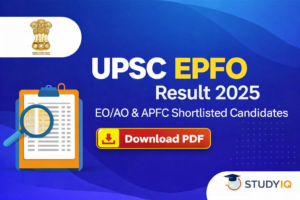 UPSC EPFO Result 2025 Out: EO/AO and APF...
UPSC EPFO Result 2025 Out: EO/AO and APF...
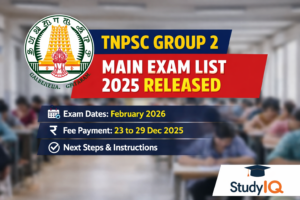 TNPSC Group 2 Main Exam List 2025 Releas...
TNPSC Group 2 Main Exam List 2025 Releas...
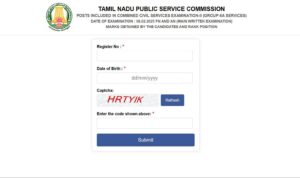 TNPSC Group 2 Result 2025 Out: Check Mar...
TNPSC Group 2 Result 2025 Out: Check Mar...

